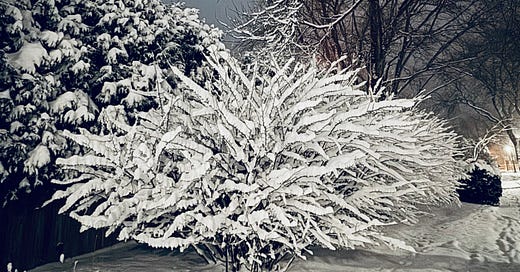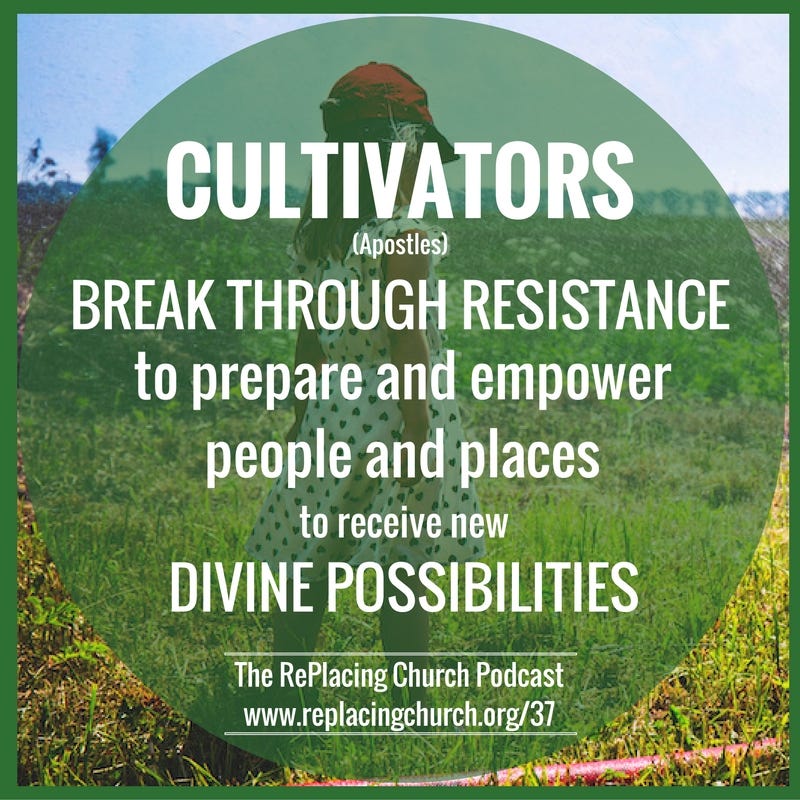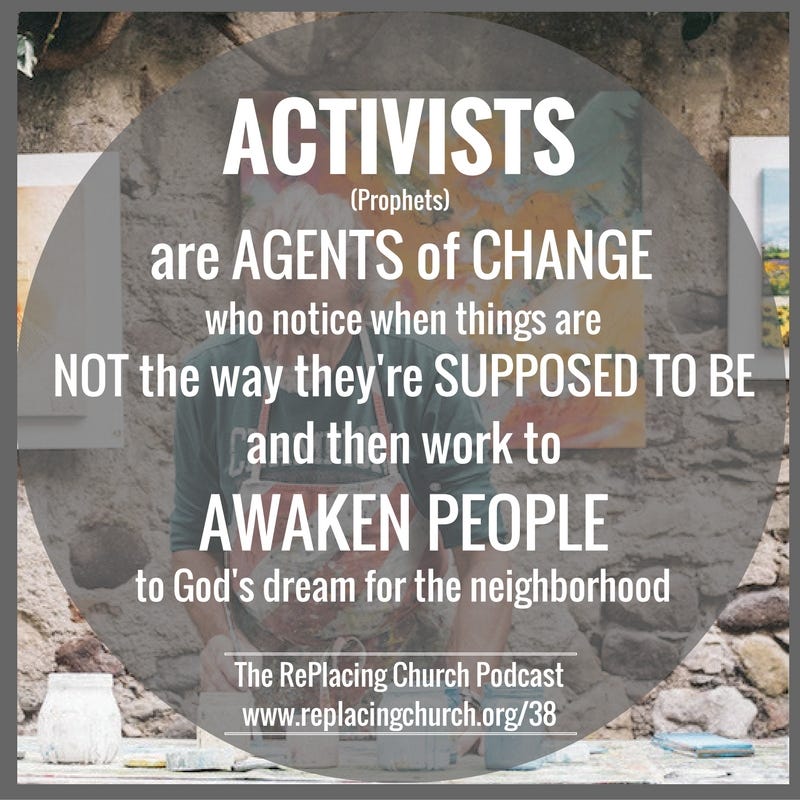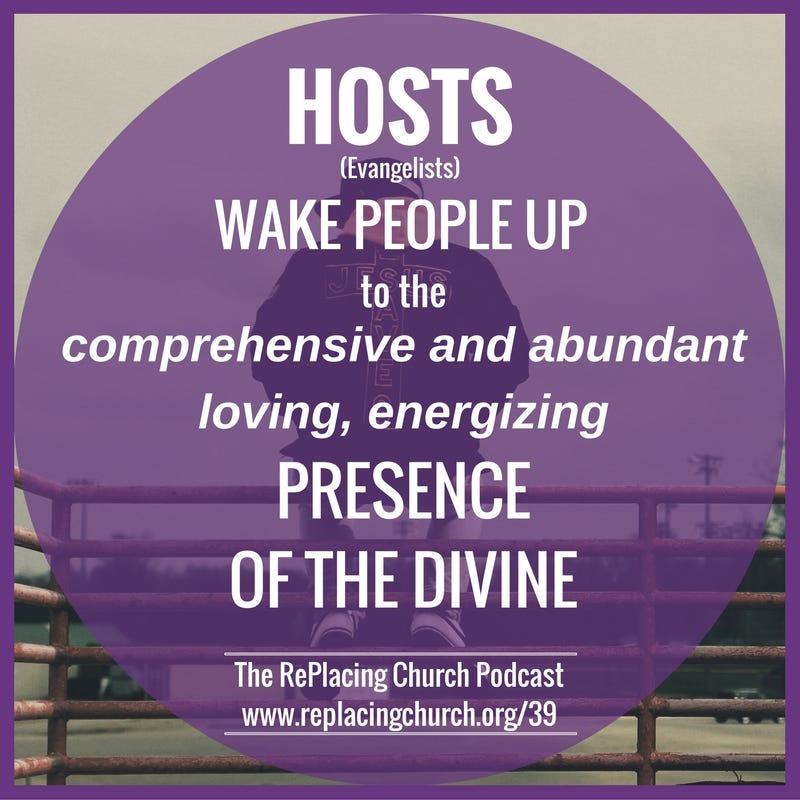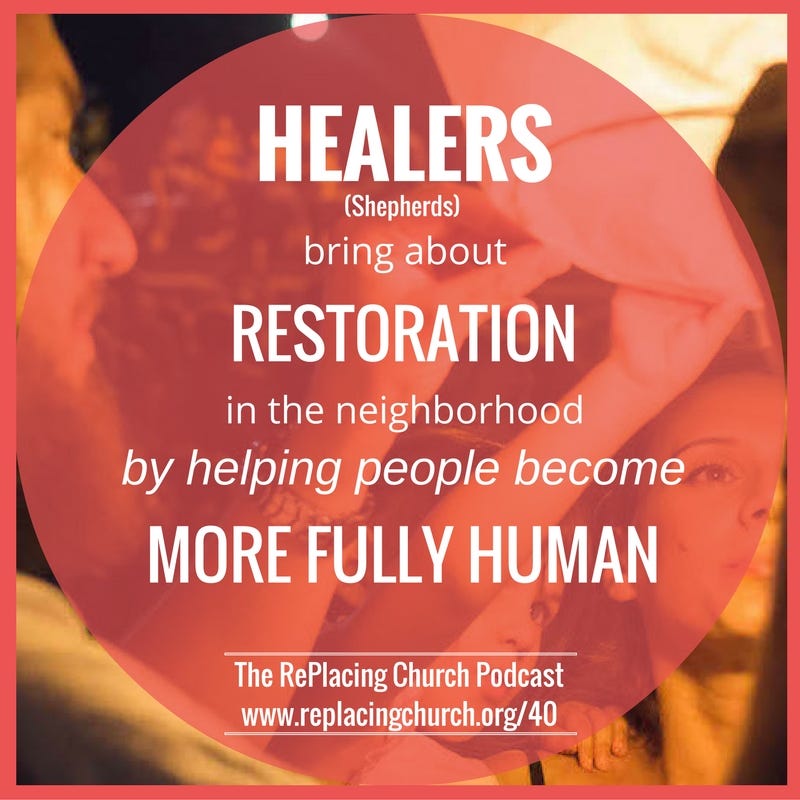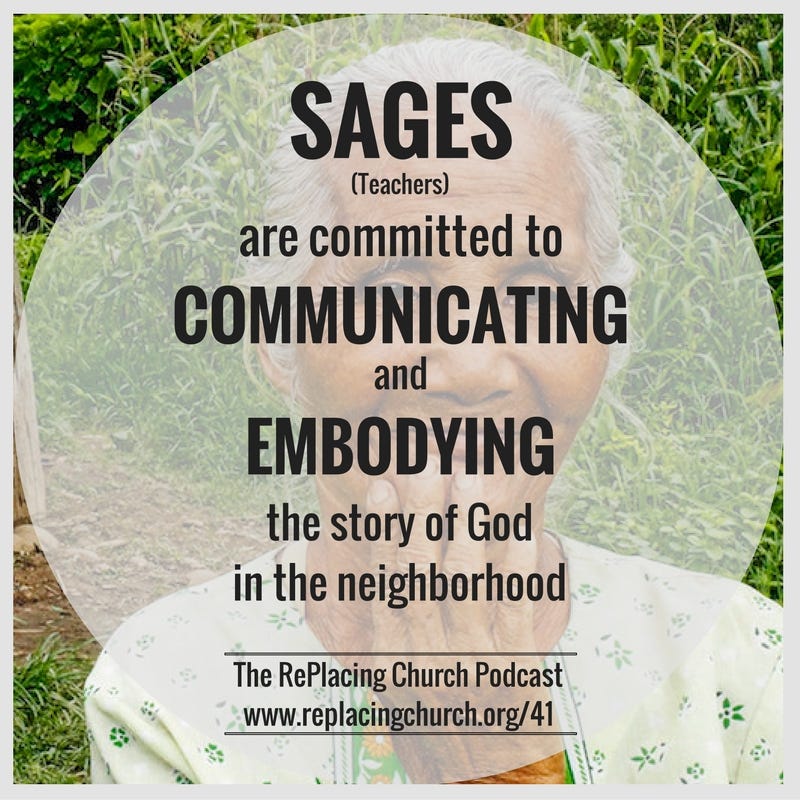The Forgotten Ways of Making Change
Your contribution to this moment & Introducing my old podcast
STILL surpassed the 500 subscribers mark!
Welcome to all of you new subscribers who helped make that happen, likely because you came across this space via the whimsically powerful work of my Milwaukee neighbor over at . Check out the bottom of this post for some recommended starting points here at STILL.
This moment of cruelty and callousness demands a response from each one of us.
No doubt we are living in a time of immense social, political, economic, and environmental turmoil. But all of the chaos can leave us overwhelmed and confused about how to respond, about how to take action. So sometimes we do nothing at all…
But maybe we’re getting this taking action thing all wrong…
What if we’re thinking too small about our response?
What if we’re not being creative enough?
What if our biggest barrier to unleashing change is that we’ve forgotten who we are?
Here’s what we don’t realize: we have a set of innate capacities that equip us to rise up to this moment as resistors of hate, ambassadors of love, cultivators of peace.
The questions is: how do we rediscover these capacities, these forgotten ways of making change?
Well, it turns out there is an ancient set of archetypes that we can draw upon to help us reimagine resistance.
Introducing My Old Podcast
Once upon a time I was a pastor. But, truth be told, I never felt like that title fit me. Mostly because of the image it conjures up for people who’ve been hurt, excluded, or just plain annoyed by the church and/or the particular kind of pastor who is more fixated on a dogmatic, judgmental expression of Christian faith than a spiritual path marked by compassion, belonging, and justice (you know, like the one Jesus was about?).
I had a good run as a pastor. Meaningful, impactful, and full of friendship. I loved it. But, eventually, I moved on from the role. When that happened, I did what a lot of white men in their mid-thirties do. I started a podcast. It was called RePlacing Church and it was about exploring two things—(1) emerging expressions of spiritual community and (2) being a community of love and belonging in the neighborhood. Replacing and re-placing. Get it?
For a few years, I put out weekly episodes until I stopped after the 99th installment in 2018—an interview with the interviewer, Krista Tippett of
(I’ll share it in the near future). I moved on to other things, mostly because my own spiritual journey took me beyond church. I left the podcast online as a resource, but after a couple years, I took it down (though someone has been pirating the website and I’m not sure how to stop it. Help!).But every few months people still reach out to me about the podcast. And they always ask me the same thing—they ask about the series I did on the “Neighborhood Restorers.”
Five Ancient Ways
Are you familiar with the Enneagram? Or maybe the StrengthsFinder test? Or Myers-Briggs? They each have a different approach and accent, but these are all various tools that help identify your personality. That help you clarify your particular ways of being and relating in the world. And that make you a better, more productive employee (wink!).
Did you know the Bible also has a sort of personality profile collection of its own? This collection shows up in the book of Ephesians where the Apostle Paul mentions five giftings—some call them Ministries, Equippers, or Intelligences: Apostle, Prophet, Evangelist, Shepherd, and Teacher (APEST, for short).
Most conversations about APEST usually just apply theses five giftings to a church context. But I’ve always felt these archetypes are five ancient ways of being that speak to humanity more broadly. Because, fundamentally, these five giftings are about cultivating wholeness, growing unity, fostering belonging, equipping for service. In other words, they are about restoring us to the fullness of our humanity, which is why years ago I separated them from the clunky church-speak and renamed them to make them more understandable—and visible around us:
Cultivators
Activists
Hosts
Healers
Sages
I think the wisdom of these five ancient archetypes could benefit us right now, reminding us that…
Amidst the destruction, we must be restorers of wholeness and peace.
In the face of unraveling, we must weave together a fabric of love and care.
In response to the dismantling, we must—to borrow the Jewish concept of tikkun olam, repairing the world—be repairers locally and globally.
In order to navigate this time of societal turmoil, we must remember who we are.
We must reclaim qualities that are innate within us.
And we must draw upon the full scope of our collective capacities in order to bring about healing and restoration.
It is with our current predicament in mind—as well as being inspired by a recent inquiry about if these were available online anywhere (Now they are!)—that I want to share with you my exploration of these five archetypes.
While my podcast series was originally directed toward spiritual communities and neighborhood churches—and while my vocabulary and beliefs have shifted in the nine years since I created these—I think they still point to some powerful ancient wisdom that could help us in this moment, equipping us to creatively resist division and hatred and to grow our imaginations about what it means to belong to one another. Beginning in our local contexts and rippling outward into the world beyond.
So, give these episodes a listen.
Let me know what resonates.
And I’d love to know which of the five archetypes YOU ARE!
The Neighborhood Restorers
Note: The following audio, text, and images are from 2016.
0. Introducting the Neighborhood Restorers
An introduction to the Neighborhood Restorers (APEST).
1. The Cultivator
Cultivators break through resistance to prepare and empower people and places to receive new divine possibilities.
2. The Activist
Activists are agents of change who notice when things are not the way they’re supposed to be and then work to awaken the people to God’s dream for the neighborhood.
3. The Host
Hosts wake people up to the comprehensive and abundant loving, energizing presence of the divine.
4. The Healer
Healers bring about restoration in the neighborhood by helping more people become more fully human.
5. The Sage
Sages are committed to communicating and embodying the story of God in the neighborhood.
Starting Points for New Readers
If you want to get acquainted with my writing—and me—here at the newsletter soon to be formerly known as STILL, here are a few places to get started:
My Parting Prescription: Encountering the End of Life at Midlife
I Can Be Your Hero, Baby: Enrique Iglesias, Coming Alive, and Changing the World
Ram Dass, Dumbbells, and Decay: Death Is Inevitable for the Living
You can also check out my book: The Way Home: Discovering the Hero’s Journey to Wholeness at Midlife.


